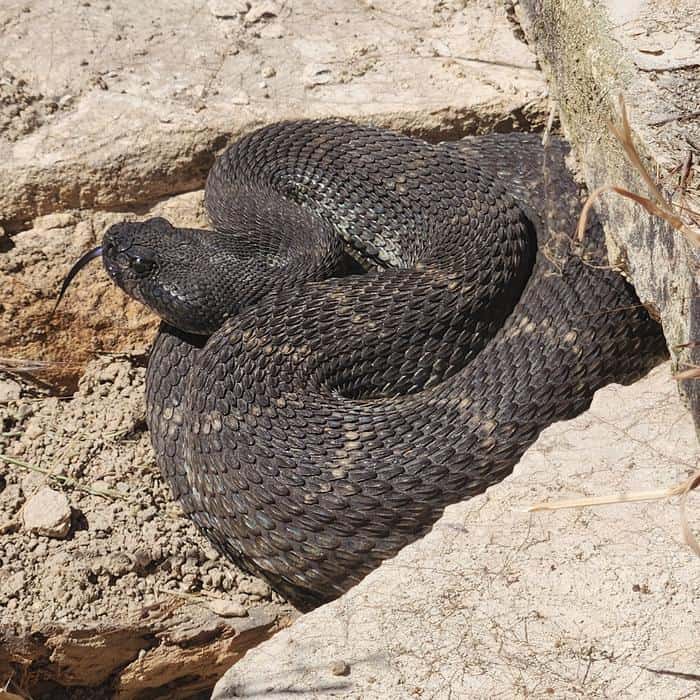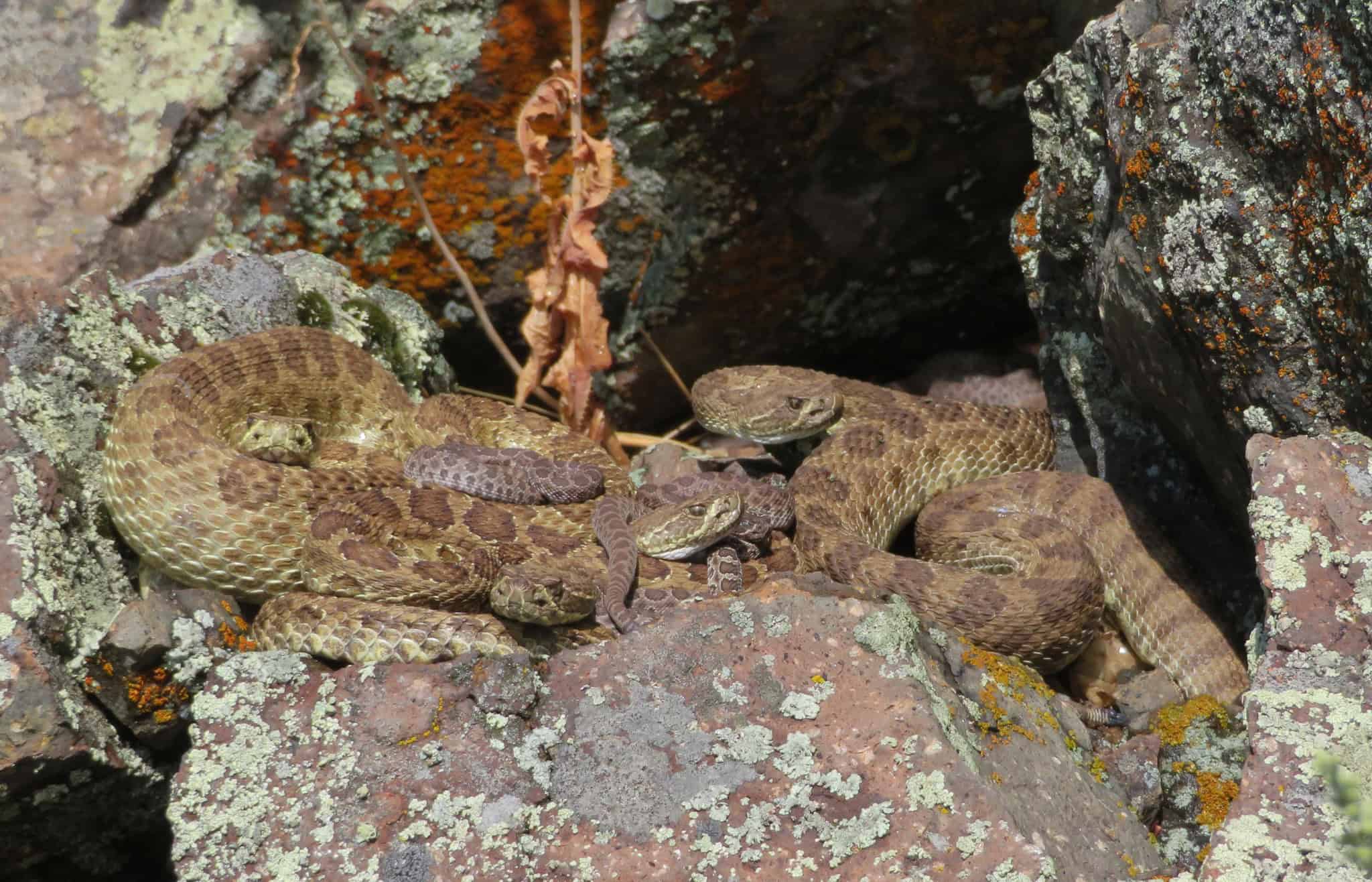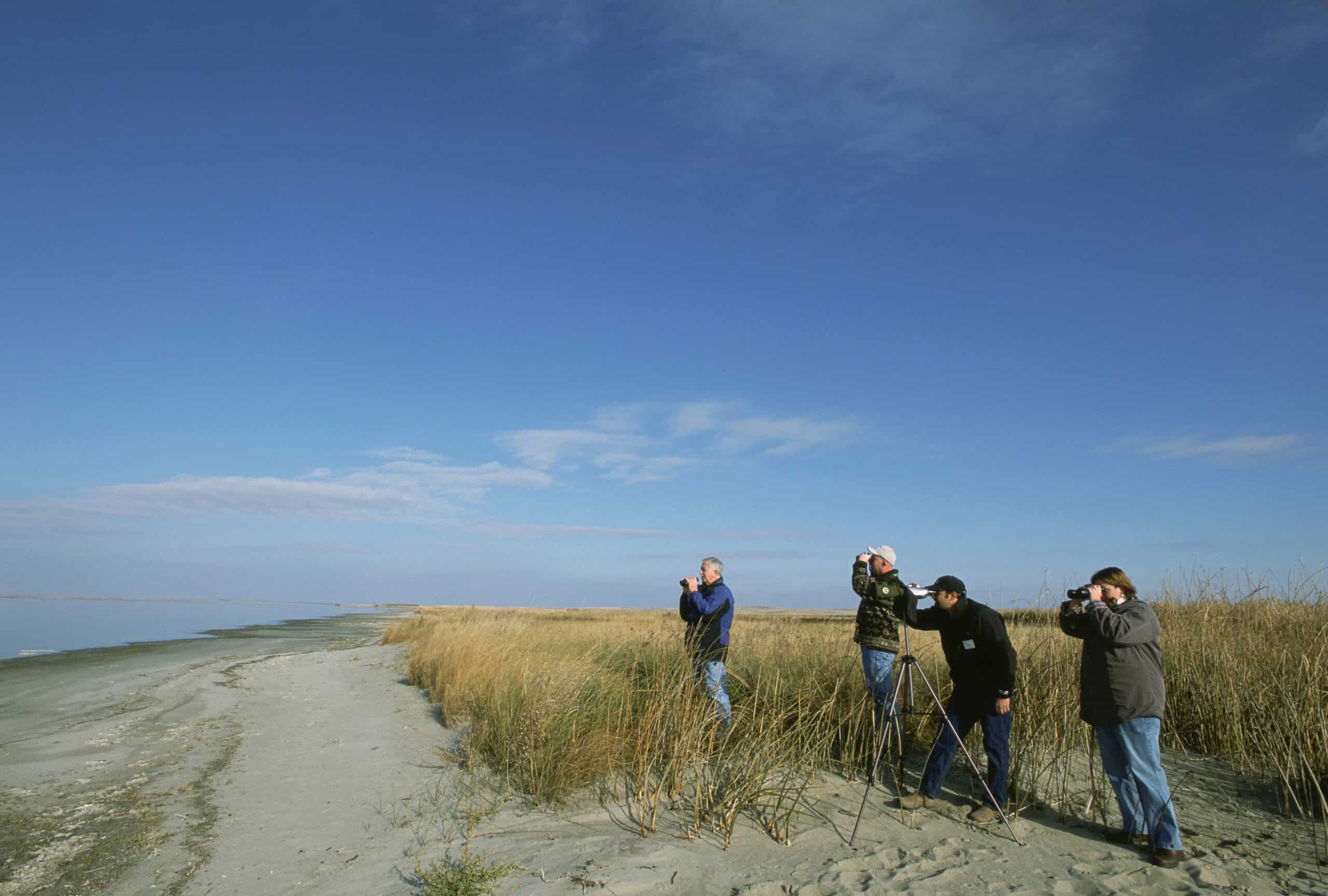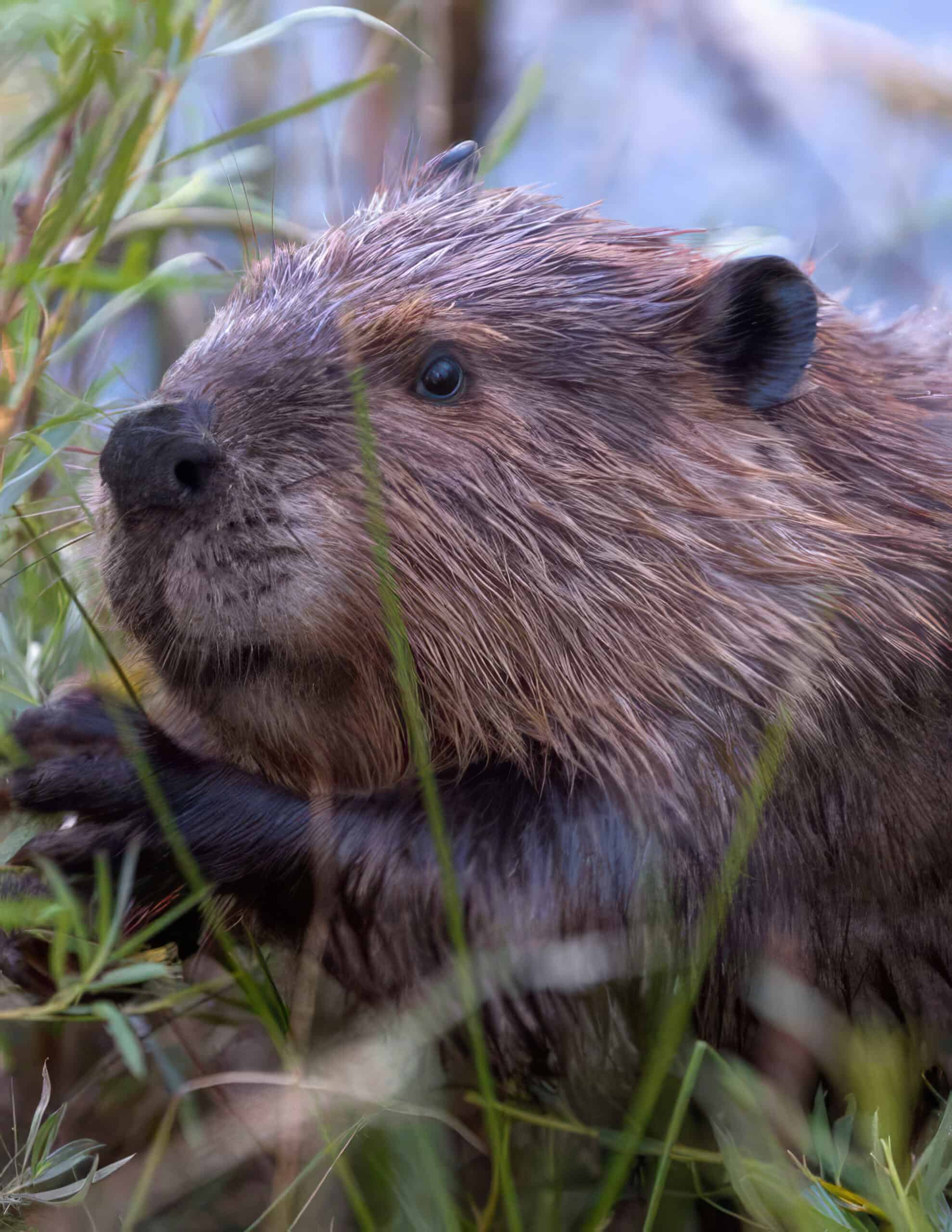Share this article
Can a little PR help rattlesnakes’ image?
Short videos can affect people’s perceptions of venomous reptiles
Are rattlesnakes fearsome venomous predators waiting to ambush every gardener? Do they attack everything that comes within a fang’s reach?
Or are they devoted mothers who play a critical role in working ecosystems?
Public opinions on rattlesnakes can be polarizing, which can often lead to people unnecessarily killing them—as well as some nonvenomous serpents they confused with the pit vipers.
For those looking to protect them, conserving rattlesnakes can be a hard message to sell. But researchers wanted to know whether educational videos might improve public perception and decrease persecution.
“Trying to get people to not kill every snake they saw was our main message,” said Zachary Loughman, a biology professor at West Liberty University in West Virginia.
Many snake attacks on humans don’t happen out of the blue.
“Most of the time when people get bit, it’s when they are trying to kill a rattlesnake,” said Loughman.
Spin battle
He and his colleagues created the educational video above to try to improve public perception of snakes by stressing the role rattlesnakes play in reducing rodents and other pests. Its message is simple, Loughman said. “Snakes eat mice. Mice carry diseases. You get diseases from mice. If you kill snakes, the mice (population) explodes.”
But he and his team weren’t sure this message was the most effective way to increase public empathy for rattlers. So, they began to cue into recent science describing ways in which rattlesnakes may seem more human-like than previously believed. This included discoveries that some rattlesnakes get more agitated and defensive when their young are present, and that when they are out and about, adult rattlers often leave their offspring in places with temperatures the cold-blooded reptiles prefer.
“Herpetologists were hesitant to say ‘parental care’ for a long time,” Loughman said. But, “those are all things that mothers do with kids when they are mammals.”
They made another video, above. Similar in length and narrated by the same grad student, this video focused on the roles that female rattlesnakes play in raising their young. Its message: “Snakes are like us,” Loughman said. “They are good moms. They protect their kids or babies.”
To see which message resonated more with viewers, Loughman and his colleagues posted both videos on social media platforms. In an effort to get a wide range of opinions, they targeted Facebook groups that focused on nature, wildlife, gardening and certain urban centers known to have a lot of rattlesnakes. After watching the videos, the viewers were asked to take a short survey about whether or not their perception of snakes changed.
More than 1,000 people from multiple countries and nearly all 50 states took the survey. In a study published recently in PLOS ONE, the researchers analyzed the responses. Discarding answers from people who said they liked snakes in the first place, the team focused on those who said they didn’t like snakes or were neutral.

Demographic differences
Overall, the messages describing snakes’ role in the ecosystem did more to change peoples’ perspectives on snakes than the video concentrating on snake family life.
But the responses varied a lot based on demographics. Women’s opinions on rattlesnakes improved more after watching the family-oriented video. Men were more likely not to change at all after watching either video.
Religious belief also played a role. People identifying as agnostic were more likely to change their opinions than those identifying as following a religious belief.
Age played a role, too. The researchers divided respondents up into generations and found that Generation Z was much more likely to be swayed by the messages than Baby Boomers, Generation Xers or Millennials.
The “silver lining,” Loughlin said, is that “opinion is changing about snakes. Younger people, seem “more open-minded about the creepy-crawly creatures of the world,” he said.
Loughman isn’t sure whether these generational attitudes will stay in place or older people are simply more set in their ways in general. He said he’d be interested to run the same survey in 30 years to find out if Generation Zers became less likely to change their minds later in life and if their views about rattlesnakes became more negative.
But scientific knowledge of snakes has improved a lot in the past few decades. Loughman hopes that some of that trickles down to the public.
“It is important to improve people’s perception of rattlesnakes because they are vilified and despised, which is primarily due to widespread misunderstanding,” said Erin Allison, a PhD student at West Liberty University and a coauthor on the study. “The threat of harm, which is the root of many people’s fear, comes from a lack of knowledge of rattlesnake behavior and natural history.”
Header Image: Prairie rattlesnake (Crotalus viridis) females with their offspring. Credit: Harry Greene








